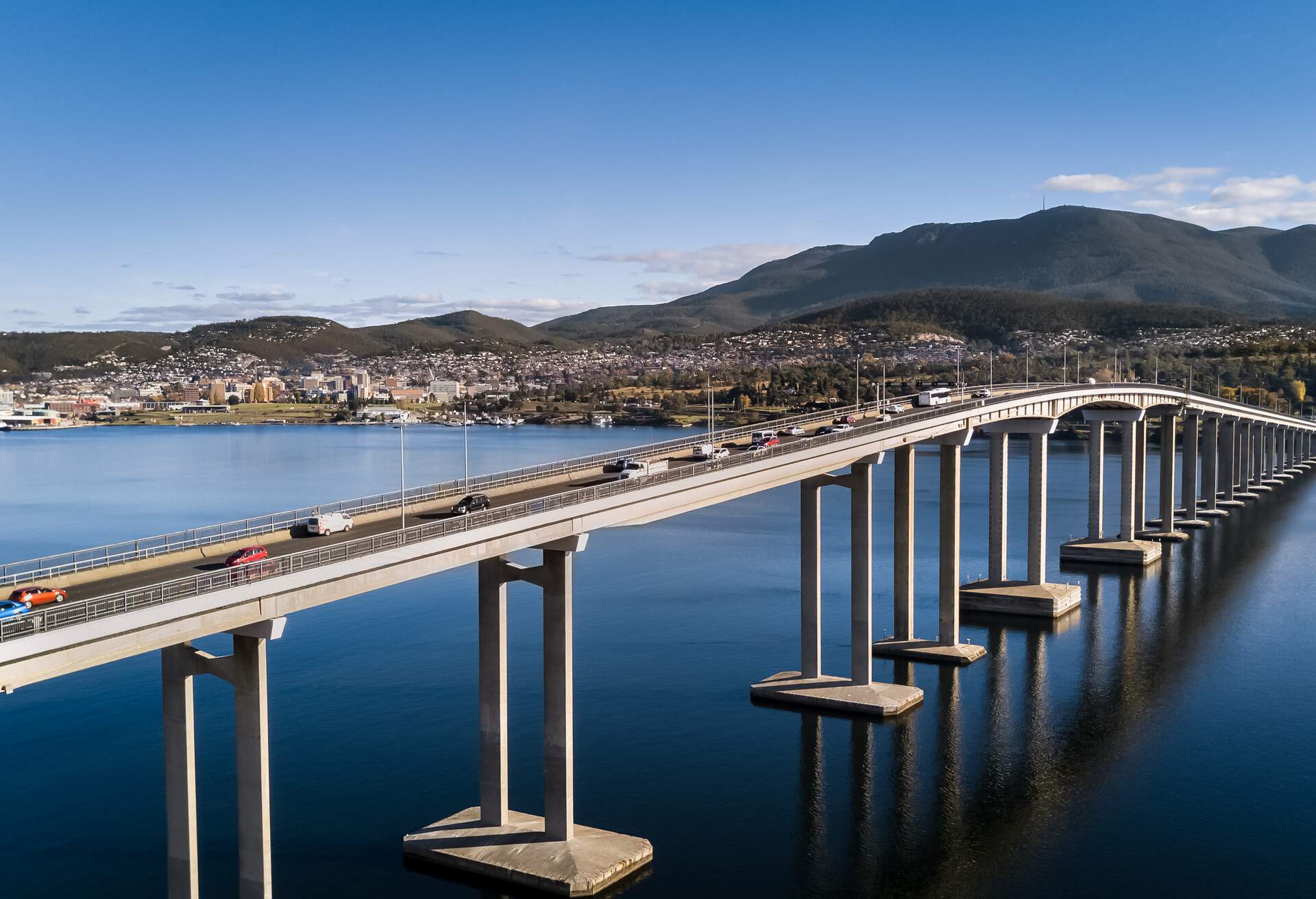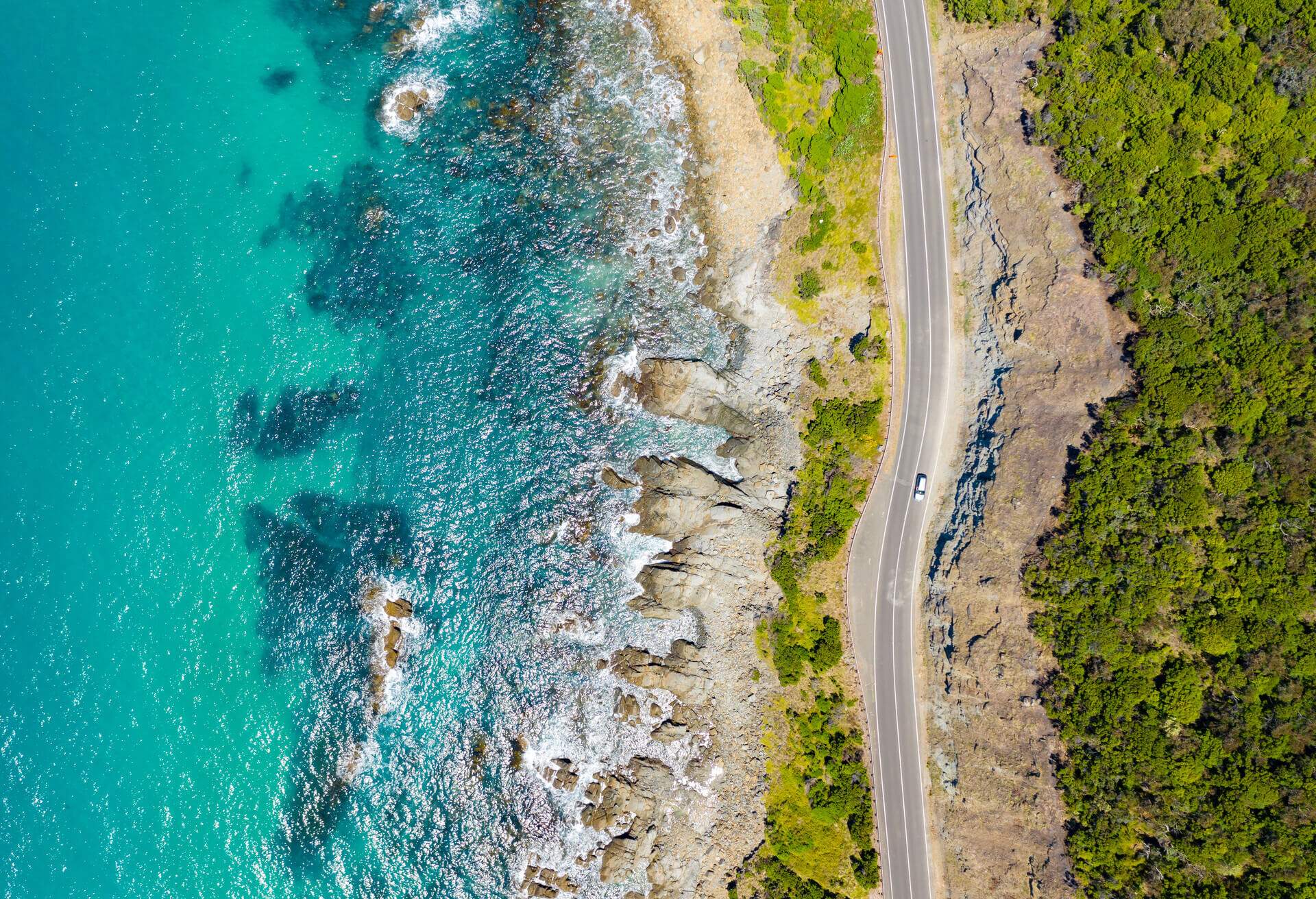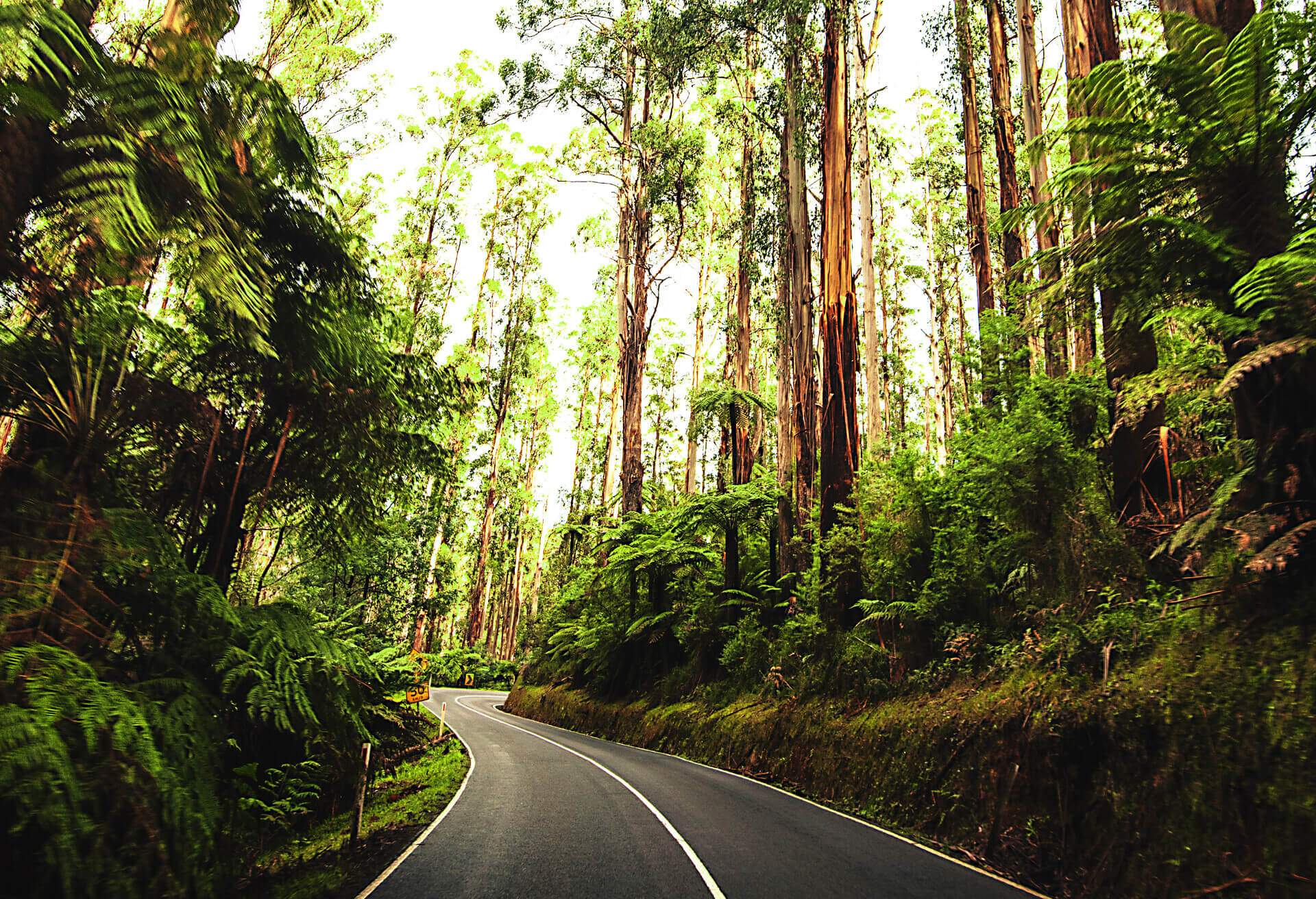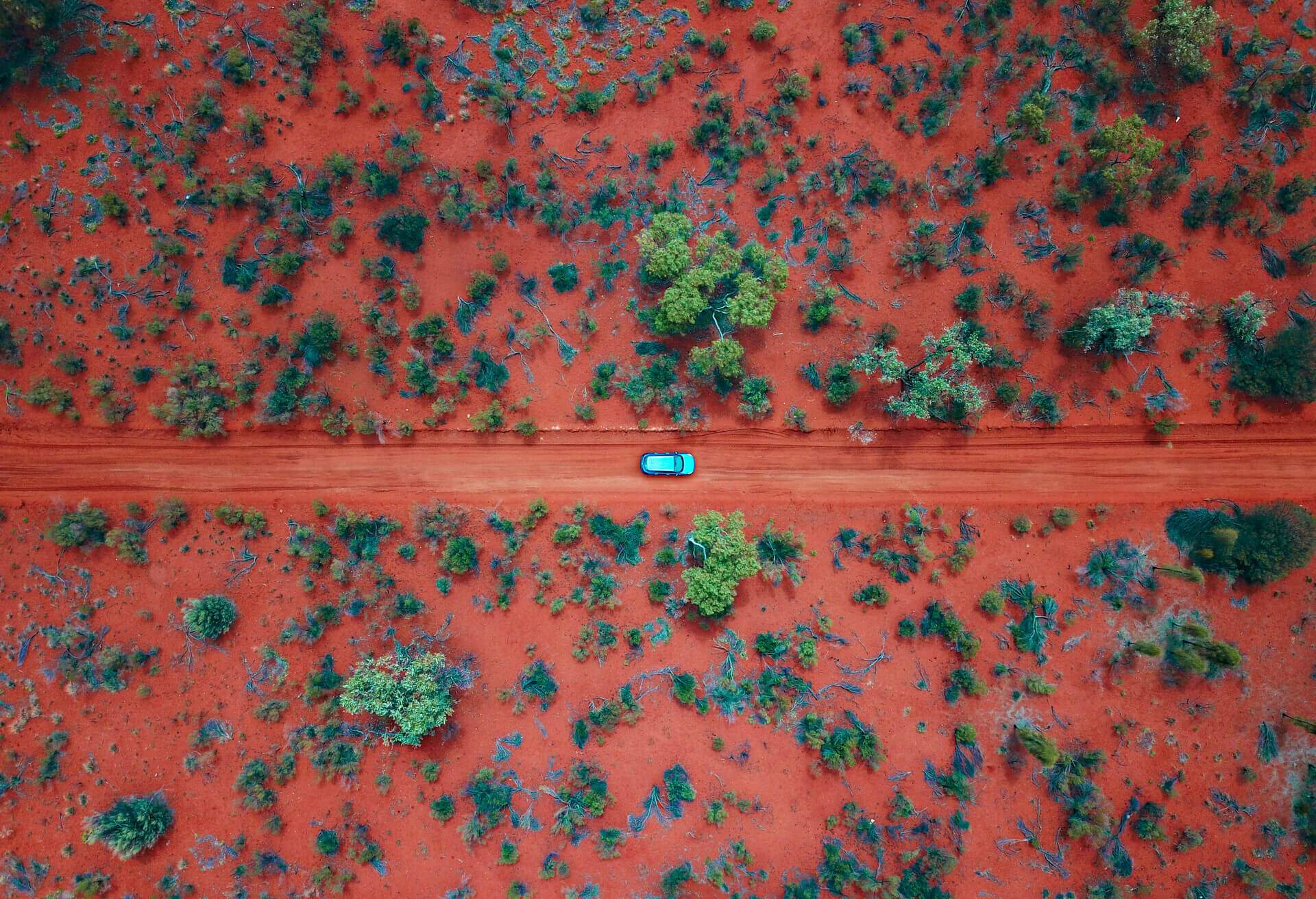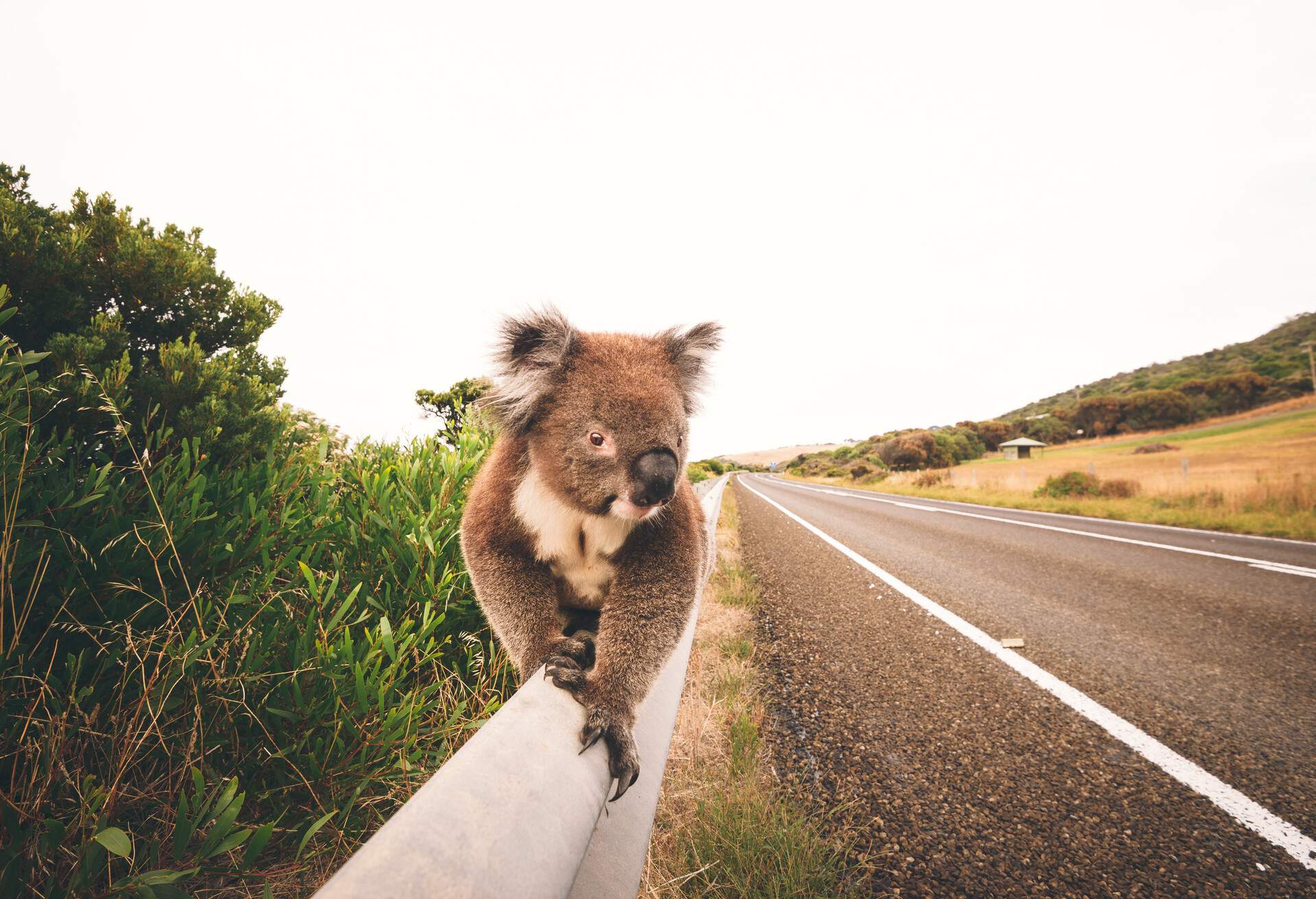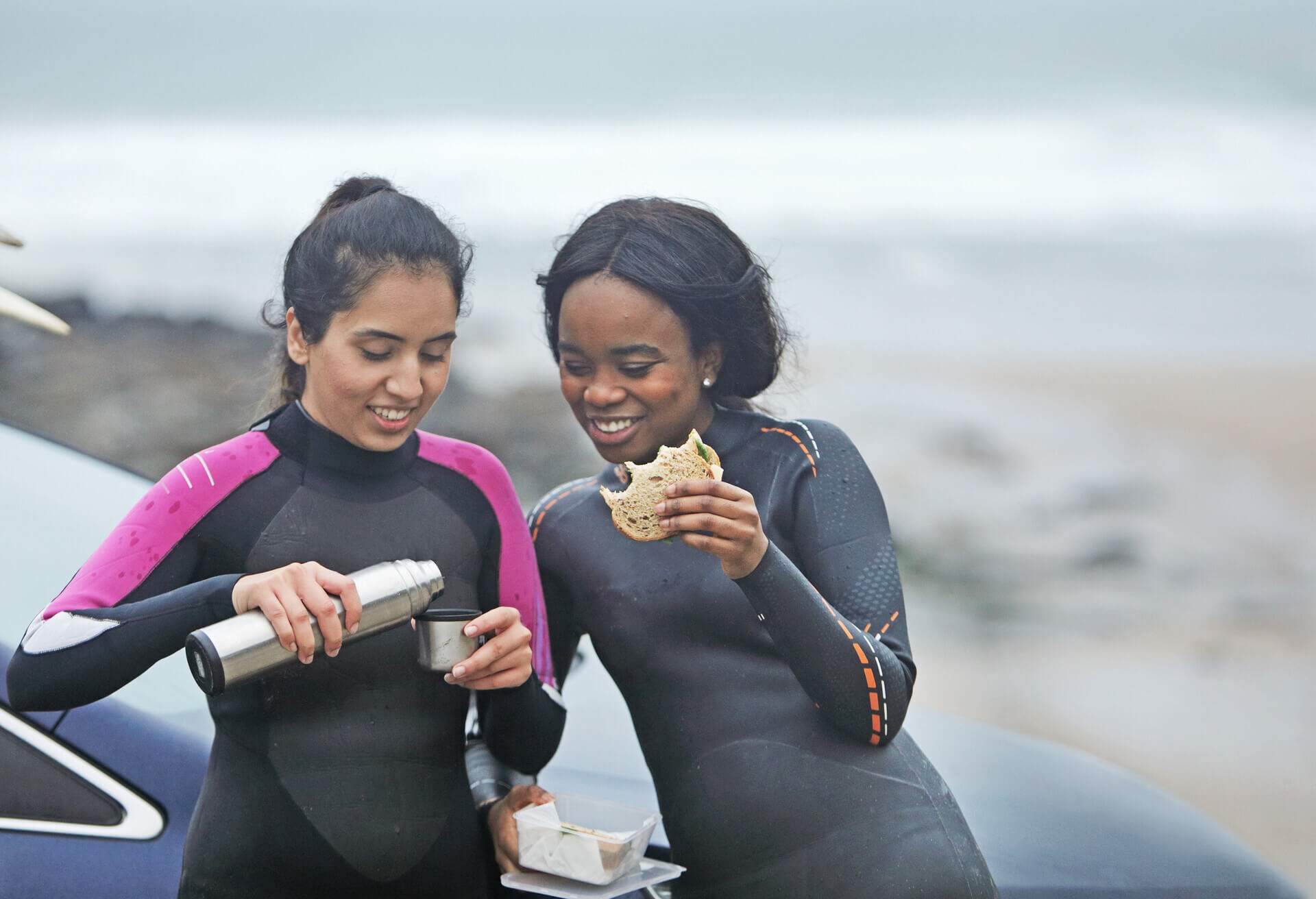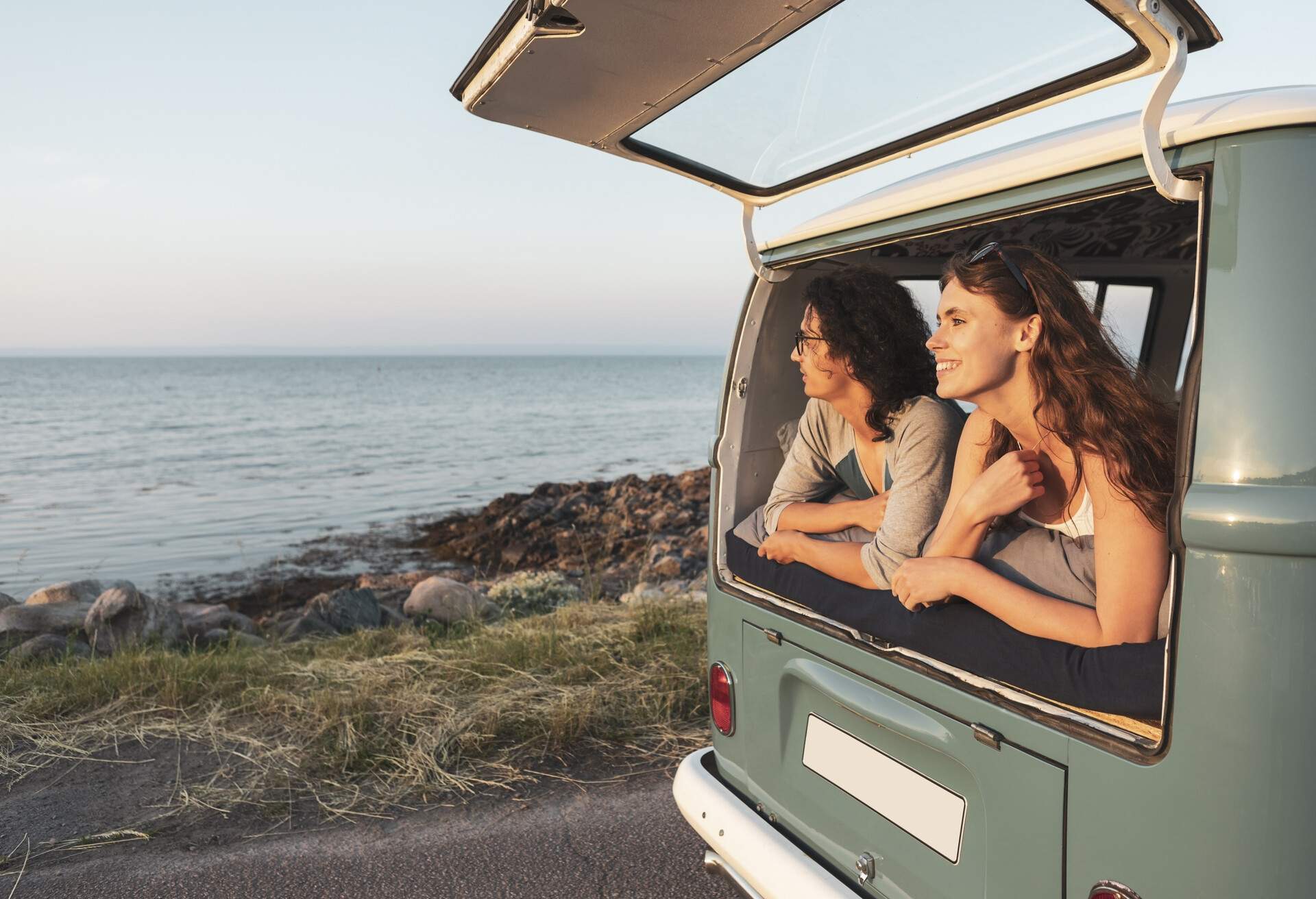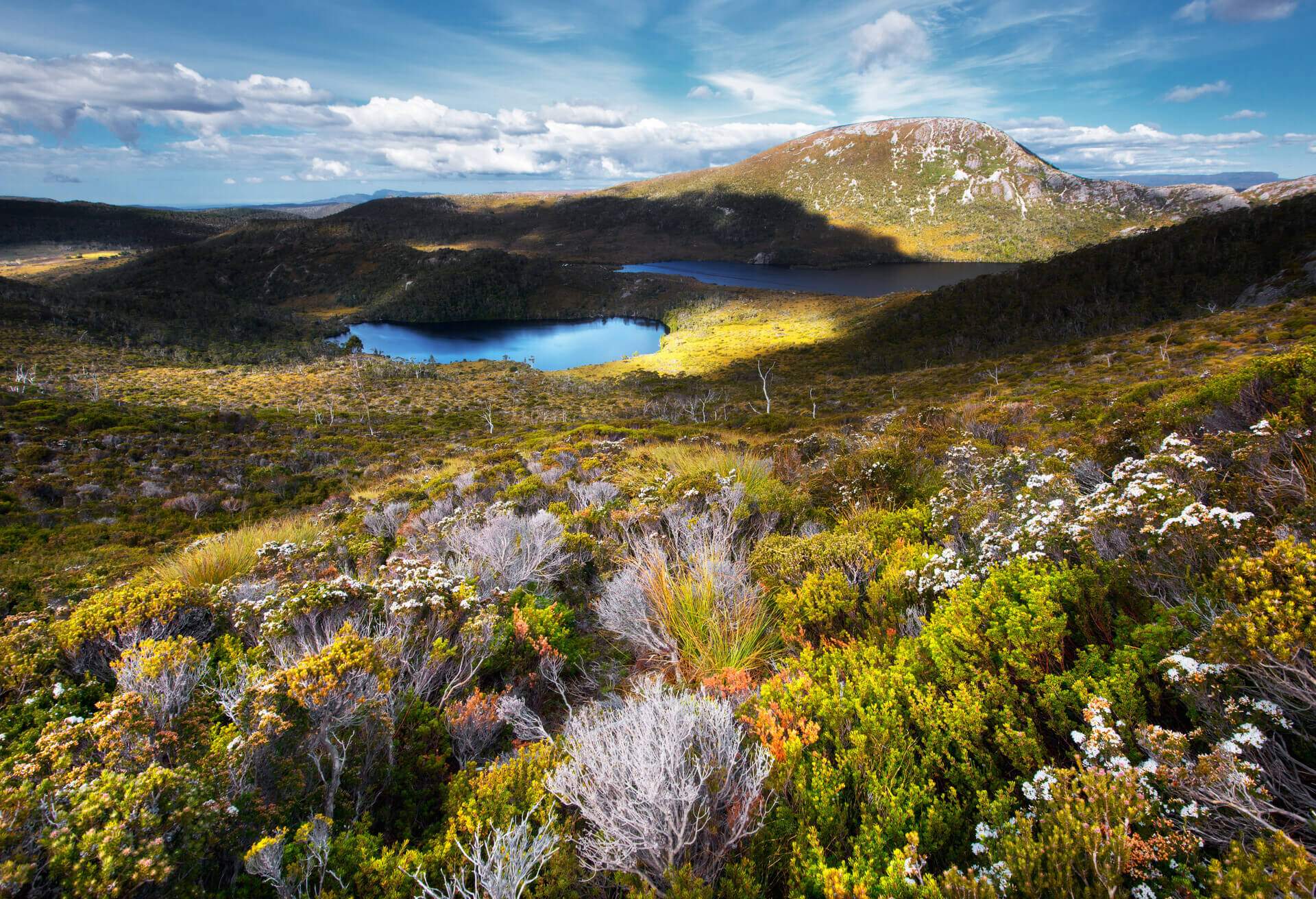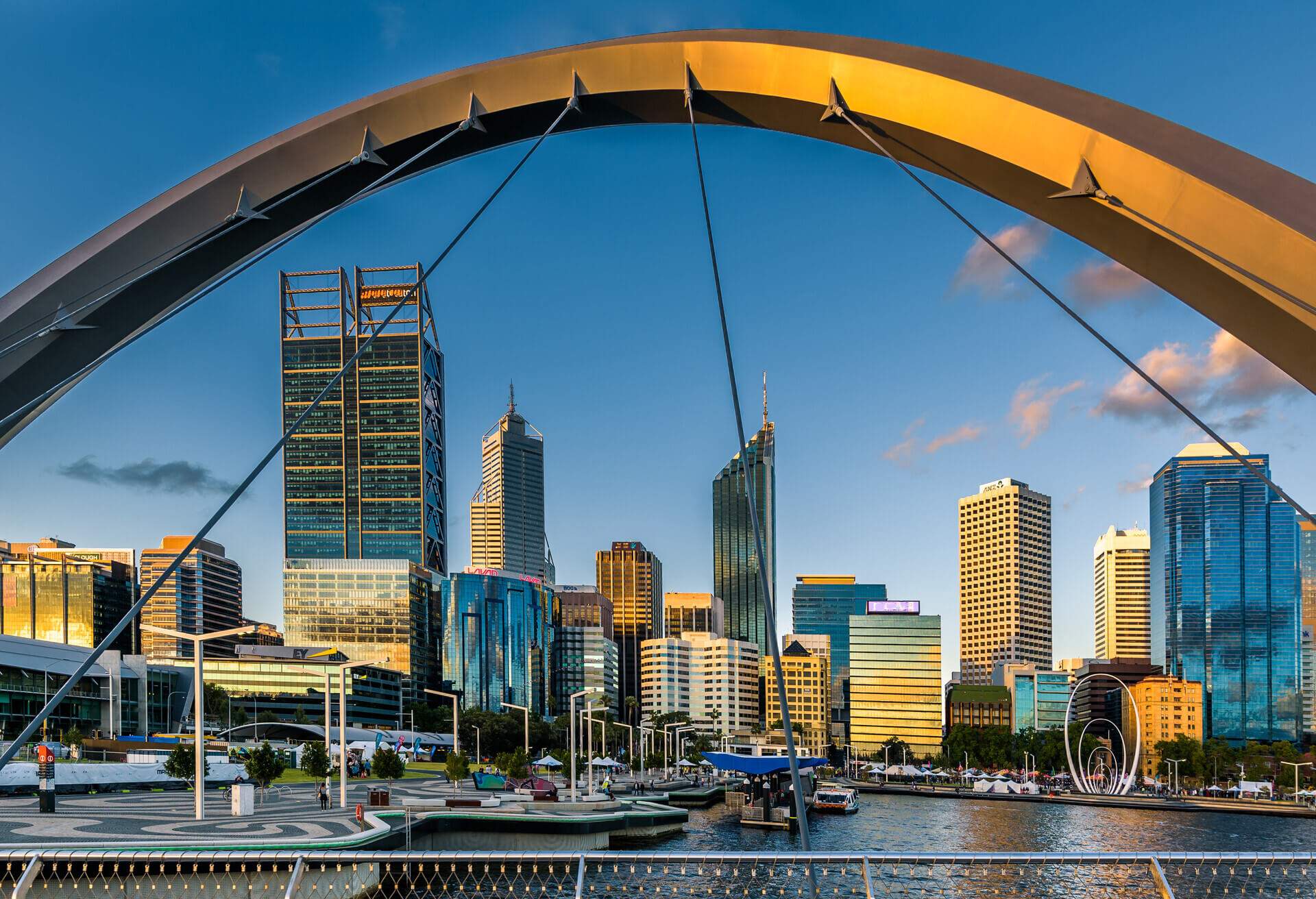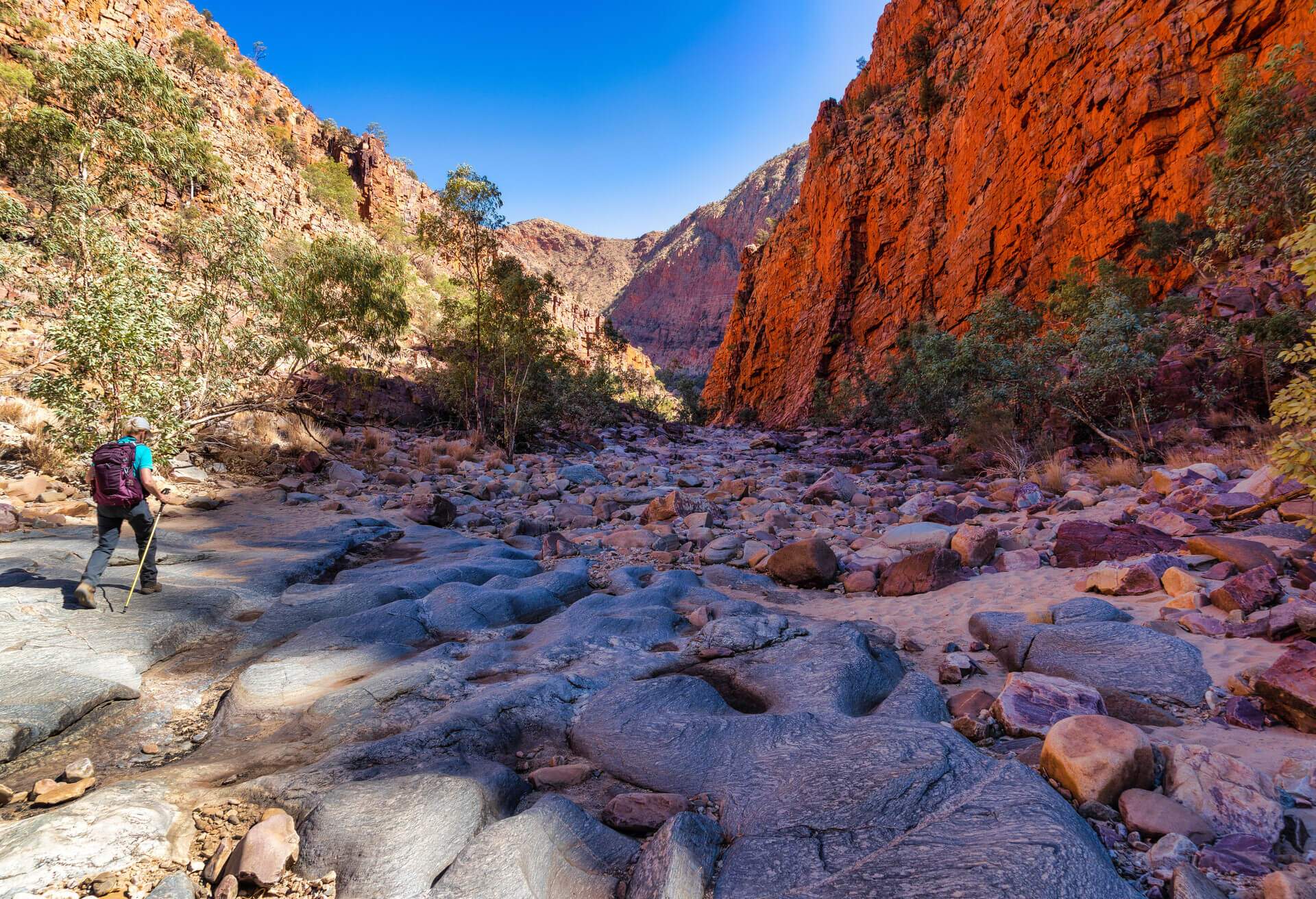Infrastructure & Accessibility:
The Infrastructure & Accessibility category comprises nine factors:
Speed limits
The highest possible speed limit has been taken into calculation (i.e. on motorways or the next highest speed limit in a state if no motorways exist).
Source: Wikipedia
Car accidents
Car accidents resulting in injuries and deaths per 100,000 inhabitants.
Source: Australian Government (Accessed on: 10 April 2022)
Quality of roads: Length of unpaved roads
Length of unpaved roads per 100 km².
Source: Australian Government, Australian Infrastructure and Transport Statistics, Yearbook 2021. (Accessed on: 10 April 2022)
Length of roads
Calculated as the total length of road network (km) per 100 km² land area.
Source: Australian Government, Australian Infrastructure and Transport Statistics, Yearbook 2021. (Accessed on: 10 April 2022)
Public toilets density
Calculated as the number of public toilets per 100 km² land area.
Source: Toilet Finder (Accessed on: 29 April 2022)
Radio coverage
Calculated is the count of radio stations (frequencies) per 100 km² land area.
Source: acma, Radio and television broadcasting stations Report, October 2021 (Accessed on: 29 April 2022)
Mobile coverage
The mobile coverage is measured on a scale of 1(high) – 8(low) based on the remoteness of the state per land area (km²). The land area of a state has been categorised in 1) major cities, 2) inner regional Australia, 3) outer regional, 4) remote and 5) very remote Australia. Based on the size of the land area per category per state, the mobile coverage has been derived. Data from calculations are illustrated on a scale from 0-50, where 50 is the best mobile data coverage.
Source: Own calculations based on Accc, Mobile Infrastructure Report 2021 (Accessed on: 5 April 2022)
Service stations / petrol stations / NRMA RACV coverage
Number of service stations / petrol stations / NRMA RACV coverage per 100 km² land area.
Source: Australian Government, National Freight Data Hub (Accessed on: 23 March 2022)
Car hire companies
Avg. ratings of all car hire companies in a state on a scale of 1-100, where 100 is the best.
Source: KAYAK internal data
Camping:
The Camping category comprises two factors:
Density of holiday parks
Calculated as the number of campsites available per 100 km².
Source: Caravan Industry, Association of Australia (Accessed on: 11 March 2022)
Avg. holiday park prices
Average daily rate of holiday park accommodations per state in AUD.
Source: Caravan Industry, Association of Australia (Accessed on: 11 March 2022)
Affordability:
The Affordability category comprises seven factors:
Road tolls
The states have been divided into three groups based on their method of toll charging:
1 – toll-free motorways
2 – tolls only for certain bridges/tunnels
3 – toll collection at toll gates (fixed price, distance-based or time-based)
These three groups have been weighted with 1 ranked the best and 3 the worst.
Source: Wikipedia (Accessed on: 3 March 2022)
Hotel prices
Avg. hotel price per night (AUD) for standard double room across all hotel types. Prices based on the search period 01/01/2022 – 31/03/2022 for the travel period: 01/04/2022 – 31/12/2022.
Source: KAYAK internal data
Parking prices
Avg. prices in AUD for one-hour on-street parking (calculated as an avg. from big cities in a state).
Source: Enjoy Travel (Accessed on: 18 April 2022)
Share of hotels with free parking
Percentage of hotels with free parking within a state.
Source: KAYAK internal data
Restaurant prices
Avg. restaurant prices in major cities (McMeal at McDonalds or equivalent combo meal).
Source: Numbeo (Accessed on: 10 April 2022)
Coffee break prices
Avg. prices for a coffee (cappuccino) in major cities.
Source: Numbeo (Accessed on: 10 April 2022)
Car hire prices
Avg. prices for a car hire per day in AUD and across all vehicle classes in each region. Prices based on the search period 01/01/2022 – 31/03/2022 for the travel period: 01/04/2022 – 31/12/2022.
Source: KAYAK internal data
Traffic & Sustainability:
The Traffic & Sustainability category comprises four factors:
EV charging stations
Calculated as the total number of EV charging stations per 100,000 km².
Source: The Australian National University. (January 2022). Electric Vehicles and The Grid: Analysis, gaps, and recommendations (Accessed on: 4 May 2022)
Air pollution exposure
The higher the AQI value, the greater the level of air pollution and the greater the health concern. For example, an AQI value of 50 or below represents good air quality, while an AQI value over 300 represents hazardous air quality. Data is expressed as annual averages of a selection of cities within a state.
Source: Air Matters (Accessed on: 25 February 2022)
Road congestion
Average congestion levels in major cities in 2021.
Source: TOMTOM Traffic Index (Accessed on: 19 April 2022)
Cars per capita
Number of passenger cars per 1,000 inhabitants per state.
Source: Australian Bureau of Statistics (Accessed on: 30 April 2022)
Nature & Landmarks:
The Nature & Landmarks category comprises four factors:
Big Things
Number of big things per 100 km². The big things of Australia are large structures, some of which are novelty architecture and some are sculptures, which have become something of a cult phenomenon to visit.
Source: Wikipedia (Accessed on: 7 March 2022)
Terrestial protected areas
Terrestrial Protected Areas in Australia by percentage of jurisdiction protected (Data from 2020). Terrestrial protected areas are totally or partially protected areas of at least 1,000 hectares that are designated by national authorities as scientific reserves with limited public access, national parks, natural monuments, nature reserves or wildlife sanctuaries.
Source: Australian Government (Accessed on: 22 March 2022)
National Parks
Calculated is the percentage share of national park area of total state land area.
Source: Australian Bureau of Statistics (Accessed on: 22 March 2022)
Scenic routes
Calculated is the percentage length of scenic routes within a state of all scenic routes in Australia.
Source: Wikipedia; visitvictoria.com; visitnsw.com; Discover Tasmania; Tourism Australia; Northern Territory, Australia; South Australia (Accessed on: 2 March 2022)
